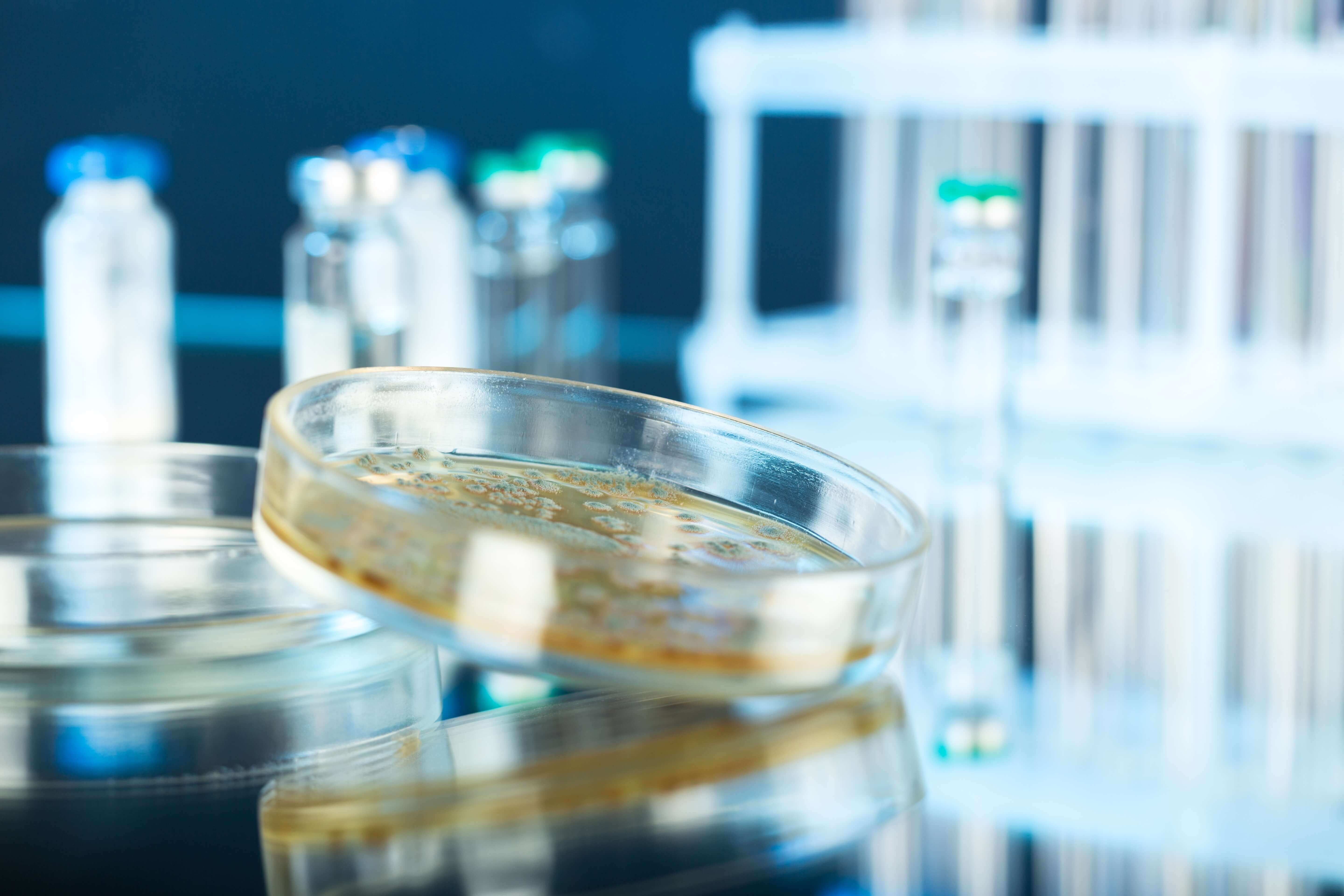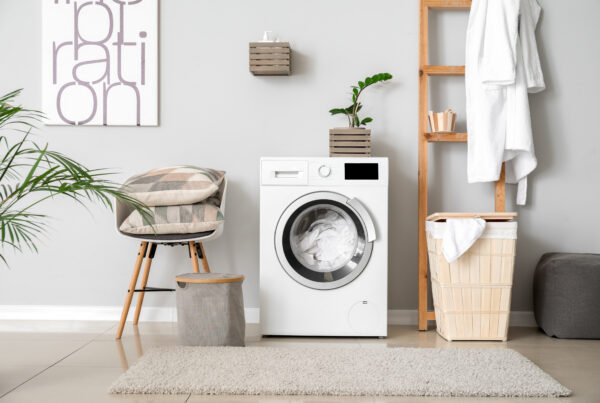Viruses, bacteria, microbes, fungus… Who can tell the difference between these tiny little things that are everywhere around us? Let’s take two minutes to learn a little bit more about our invisible friends and foes.
Microbes include pathogens, mould, bacteria and algae…Right? Or are microbes, viruses and fungi just different kinds of pathogens? And can’t we just get rid of all of them with soap and hand sanitizer? Let’s clear up the confusion and discuss if and how we may need to control them.
The definition of microbes (or micro-organisms) is not a very specific one. It’s basically anything that is alive and tiny – so small that it can only be seen through a microscope. Microbes make up 60% of the organic matter on earth and include two to three billion different species. They live everywhere from the deepest parts of the sea to inside our bodies. Microbes are split into different subcategories, which include bacteria, viruses and fungi.
And we couldn’t live without them. They are in our food (for example cheese, yoghurt, wine and beer are only produced through their action) and medicines (for instance antibiotics and vitamins require their help). They are an essential part of our digestive system – allowing us to digest foods – as well as of our waste streams – breaking down toxic waste.
That being said, we would sometimes do better without some of them!
This brings us to pathogenic micro-organisms, also known as harmful micro-organisms causing infections or producing toxins. Diseases such as influenza, Covid, HIV/AIDS and food poisoning are all caused by microbes. There is also increasingly strong evidence that microbes can contribute to non-communicable diseases including some forms of cancer and coronary heart disease.
This is why microbial control is so important. Take food poisoning; the reason it’s so rare today in Europe is that we understand how microbes work and how to protect ourselves against them. The same goes for protecting ourselves from pathogen causing hospital acquired infections. Microbial control has a critical role to play.
And who knew the same technologies are also a must for the environment? It will often go unnoticed but getting rid of microbes can help society save energy and resources. Think about water recycling. Nowadays, water reusing and recycling in industrial settings bring many advantages to the chemicals industry: instead of being discharged to the environment and with the risks that this entails, water can be captured, cleaned from unwanted germs and be used again for various purposes such as cooling or cleaning. To achieve that the majority of water used for cooling or for steam generation in the chemicals industry is recycled, microbes must be first eliminated to avoid biologically-induced corrosion, scale deposits and slime formation. This is where microbial control is again essential.






